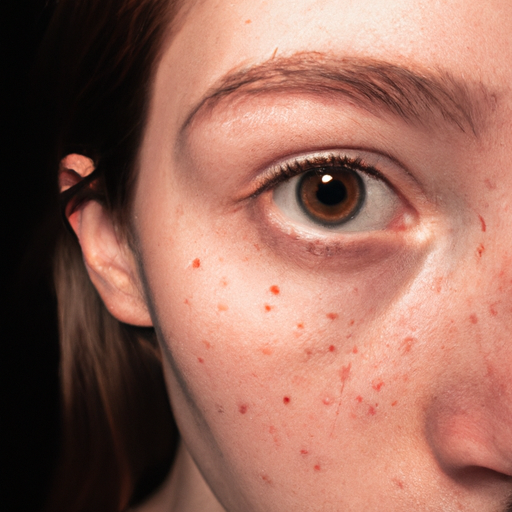As a dermatologist, I often encounter patients who complain of skin that is easily irritated, red, itchy, or uncomfortable. These symptoms are typically indicative of sensitive skin, a common condition that can significantly impact a person’s quality of life. Understanding the causes, diagnosis, and treatment options for sensitive skin is crucial for managing this condition effectively.
Sensitive skin is a lay term rather than a medical diagnosis. It is generally used to describe skin with reduced tolerance to different factors that it is exposed to daily. These factors could be environmental, like sun exposure or cold weather, chemical, such as skincare products or detergents, or even mechanical, like shaving or rubbing.
The exact cause of sensitive skin varies from person to person and can be challenging to pinpoint. However, it is often linked to conditions like eczema, rosacea, and allergic contact dermatitis. It can also be a result of excessive exposure to skin-damaging environmental factors or the use of harsh skincare products. Some people may naturally have more sensitive skin due to genetic factors.
Diagnosing sensitive skin can be a complex process as there is no definitive test for it. The diagnosis is primarily based on the patient’s symptoms and history. As a dermatologist, I usually start by ruling out other skin conditions that could be causing the symptoms. This process may involve patch testing to check for allergies, skin biopsies, or other diagnostic tests.
Once other conditions are ruled out, I focus on the patient’s history. This includes their skincare routine, the products they use, their exposure to potential irritants at home or work, and any patterns in when their symptoms occur. It’s also essential to consider the patient’s overall health and any medications they’re taking, as these can affect the skin’s sensitivity.
Once a diagnosis of sensitive skin is made, the next step is developing a treatment plan tailored to the patient’s specific needs. The primary goal is to reduce symptoms and prevent future flare-ups. This often involves identifying and avoiding triggers, which could mean making changes to the patient’s skincare routine or environment.
For skincare, I generally recommend products that are fragrance-free and hypoallergenic, as these are less likely to irritate the skin. It’s also important to moisturize regularly to maintain the skin’s natural barrier function. For some patients, I may prescribe topical treatments to reduce inflammation and soothe the skin.
In addition to skincare, lifestyle changes can also help manage sensitive skin. This could include wearing protective clothing in harsh weather, using a humidifier at home, or avoiding certain foods or drinks that can trigger symptoms.
It’s important to remember that everyone’s skin is different, and what works for one person may not work for another. It may take some trial and error to find the best approach for each individual.
In conclusion, sensitive skin is a common condition that can cause significant discomfort. However, with a thorough diagnosis and personalized treatment plan, it is possible to manage the symptoms and improve the quality of life for those affected. As a dermatologist, my goal is to help my patients understand their skin better and find solutions that work for them.




